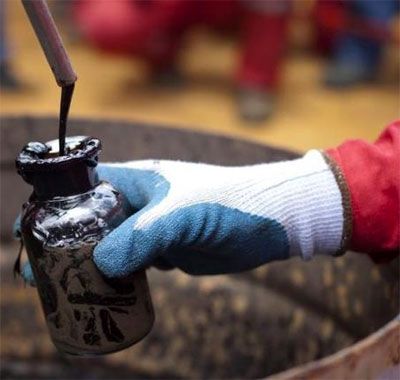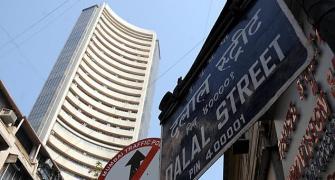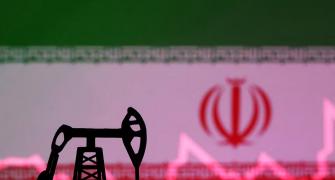 The Iran nuclear deal could have an unlikely fallout: Research and development expenditure of fast moving consumer goods companies could increase in FY16.
The Iran nuclear deal could have an unlikely fallout: Research and development expenditure of fast moving consumer goods companies could increase in FY16.
The reason for this is falling crude oil prices, thanks to Iran’s crude oil flooding the marketplace. Crude oil prices reduced by half in FY15 versus FY14.
The result: Input costs of FMCG companies will fall giving the latter room to increase R&D expenditure.
The trend, interestingly, is already visible in companies’ FY15 numbers vis-à-vis FY14. Cigarette-to-soap maker ITC, whose foods business crossed Rs 6,000 crore (Rs 60 billion) in FY15, increased its R&D expenditure by as much as 48 per cent in the financial year under review versus the previous year.
It stood at Rs 204.19 crore (Rs 2.04 billion) compared with Rs 137.28 crore (Rs 1.37 billion) in FY14.
The trend was similar for biscuit major Britannia, Horlicks maker GlaxoSmithKline Consumer and Parachute maker Marico.
It was the same for Godrej Consumer, Dabur and Emami.
All of them saw their R&D expenditure increase on a year-on-year basis in FY15.
The only two companies that bucked the trend were Hindustan Unilever and food major Nestlé.
The country’s largest consumer goods maker, HUL, cut its R&D expenses by around seven per cent, while Nestlé slashed its R&D spends by 29 per cent in FY15.
Nestlé follows a January-December accounting year.
While Nestlé could not be immediately reached for its comments, HUL attributed the fall in R&D spends to increased technical inputs from parent Unilever, which allowed it to rationalise its expenditure.
“The cost reduction seen here is savings in R&D cost incurred by the company because we get technical services from Unilever, for which, we have increased royalty that can be seen as part of other expenses.
"Hence, the total investment has only increased as witnessed, with an increase in innovations in the business,” an HUL spokesperson said.
Other FMCGmajors, however, said an increase in R&D expenditure was unavoidable as most of them decided to launch products in order to grab consumer’s attention.
For instance, Emami, which launched ‘HE’ deodorant in FY15, had several launches and relaunces of existing products. Emami’s R&D expenditure showed a substantial increase of around 33 per cent to Rs 2.67 crore (Rs 26.7 million) in FY15 compared with Rs 16.29 crore (Rs 162.9 million) a year ago.
“Commensurate to the company’s objectives, R&D has developed differentiated products using scientific inputs,” an Emami spokesperson said.
Besides falling crude oil prices, analysts attribute the increase in R&D expenses as a means to spur consumer sentiment in a weak market.
“Consumer spending was low (in FY15), as a result of which companies walked the extra mile to launch and relaunch products. The fall in crude oil prices simply acted as a cushion in this regard.
"A new launch arouses huge interest among consumers and also has a positive rub-off on adjacent brands,” said Abneesh Roy, associate director, research (institutional equities), Edelweiss.
In a recent note, Roy had pointed out how firms had increased their thrust on innovation corresponding with the company’s higher spends on R&D.
Colgate increased its R&D spends by 10 per cent in FY15 over FY14.
Most analysts estimated R&D expenditure could increase by at least 10-15 per cent in FY16, implying that FMCG companies’ research labs could be roaring with action this year.










